Knowledgebase
Kingshay's Knowledgebase - Feeding
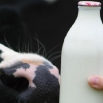
When evaluating milk production from forage for housed cows, several cow-related factors come into play. Understanding these factors is crucial for optimising forage-base...
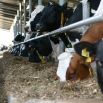
The right trough or feed barrier is a crucial element of good feeding management. A well designed feed barrier maximises intakes, reduces wastage, minimises injuries and...
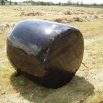
Big bale silage increases flexibility on a grazing platform and creates the opportunity to make a customisable forage for animal groups. This Farming Note covers: ...
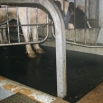
Cows and concrete are a difficult combination. Despite the clear benefits of concrete for managing housed cows, it is not a very comfortable standing surface and can be h...
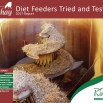
A diet feeder needs to suit your system and perform well for many years. With a wide range of manufacturers and models to choose from, it is a good idea to demo machine...
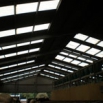
Lighting on a dairy farm is important for animal health and production, but can be a significant cost. This Farming Note addresses: Optimum lighting levels and hours ...
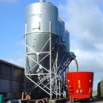
Effective feed storage saves both time and money. Feed storage bins can dilapidate over time and this can increase feed spoilage and increase the risk of a bin collapsin...
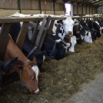
Dirty feed troughs containing spoiled feed will reduce intakes, increase wastage and put animals at risk of disease. Clean troughs can improve daily dry matter intakes by...
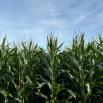
Maize can be a very valuable and productive crop, however, are you creating unnecessary environmental risks at maize harvest or consistently not hitting yield targets? If...
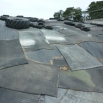
A well sealed silage clamp is critical to reduce DM losses, which can range from 5-18% in-silo and 1-10% at feed out. Sheeting technology has advanced in recent years, m...
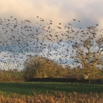
In our recent DairyCo funded study, starlings have been found to cost Somerset dairy farmers an average of 3ppl on every litre produced over the 90 day winter period when...
